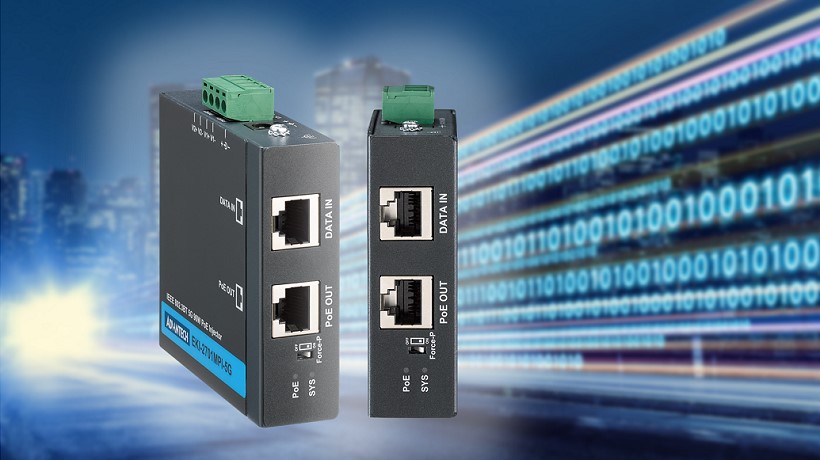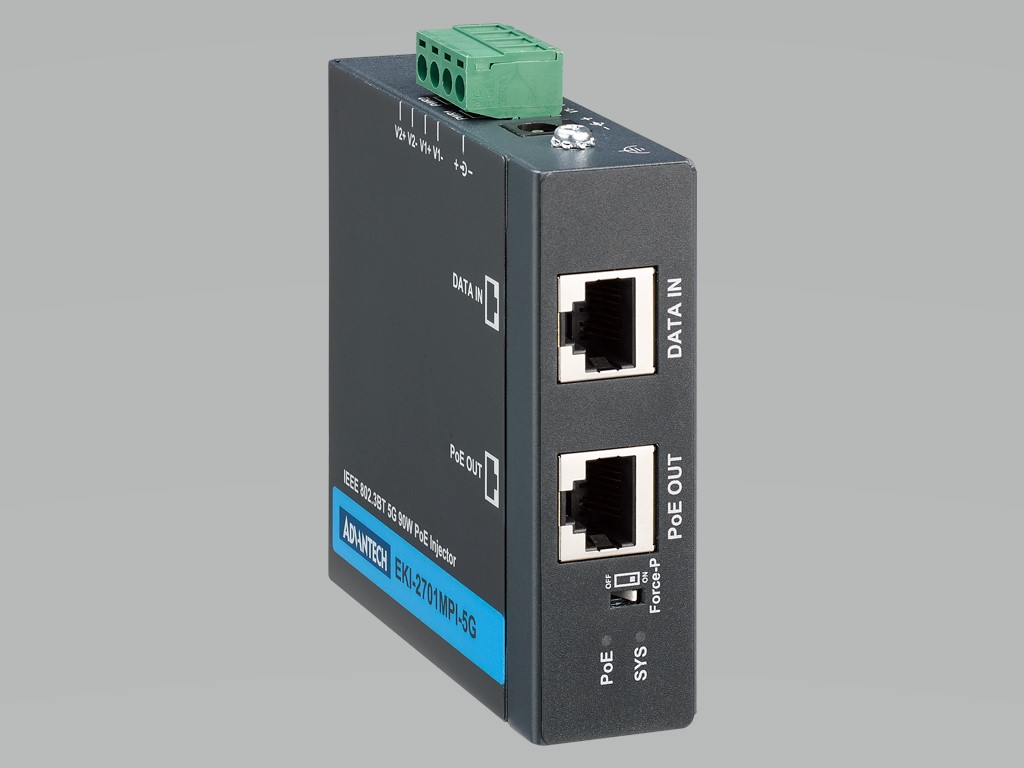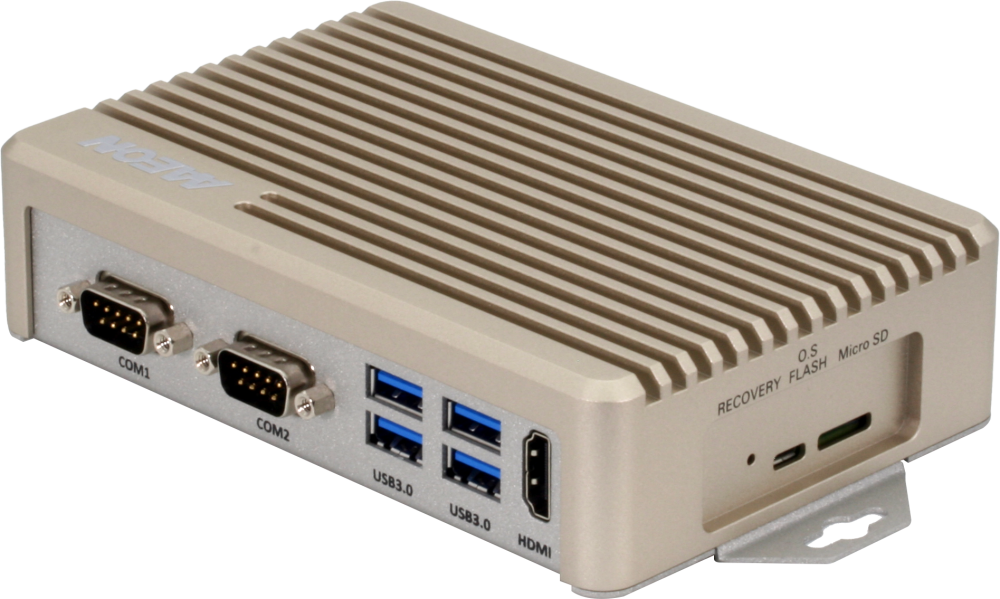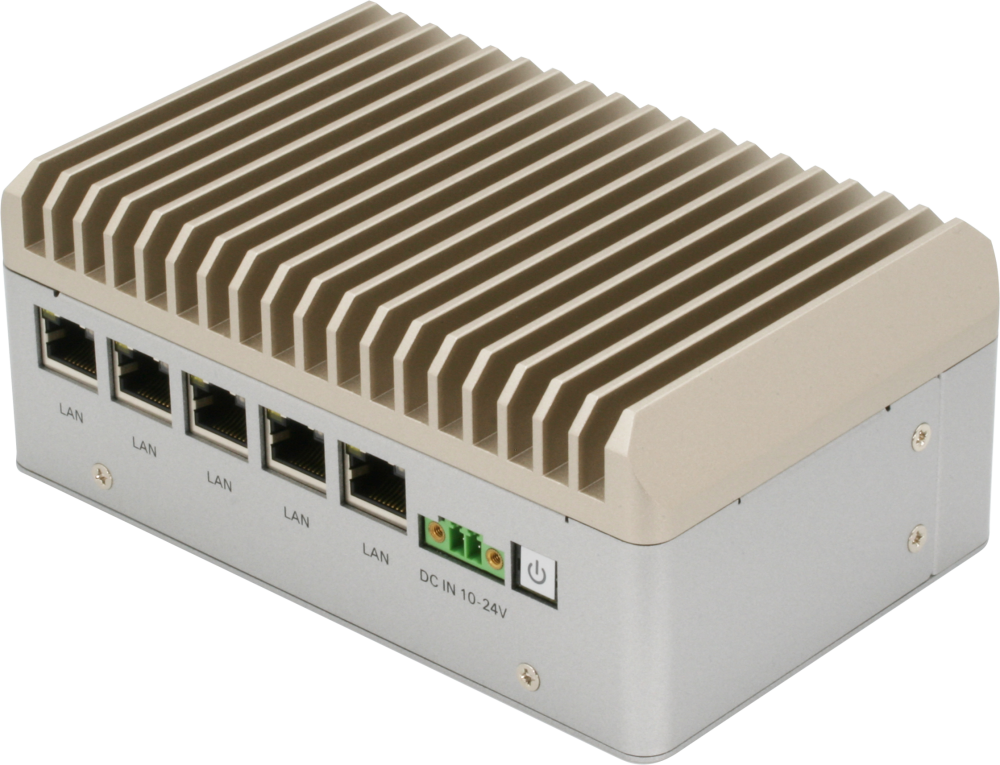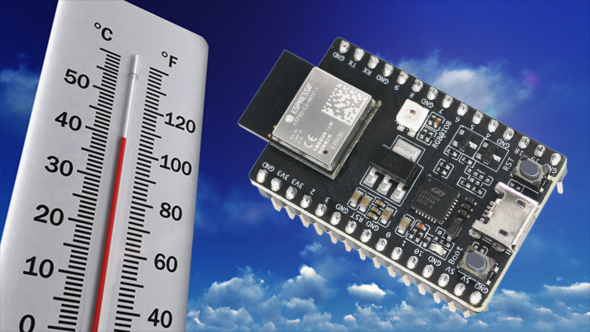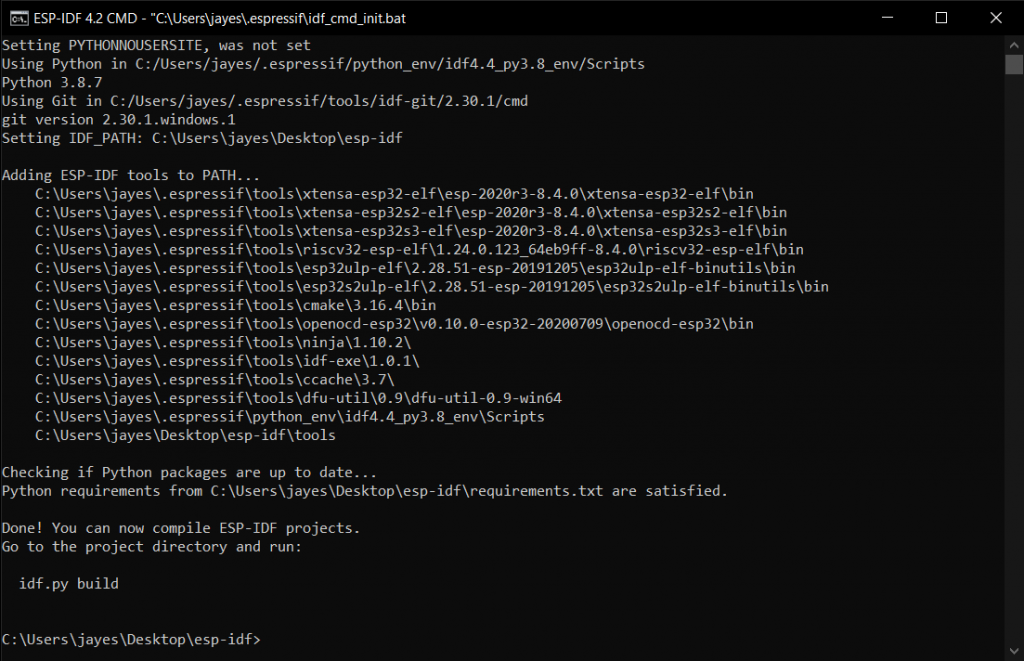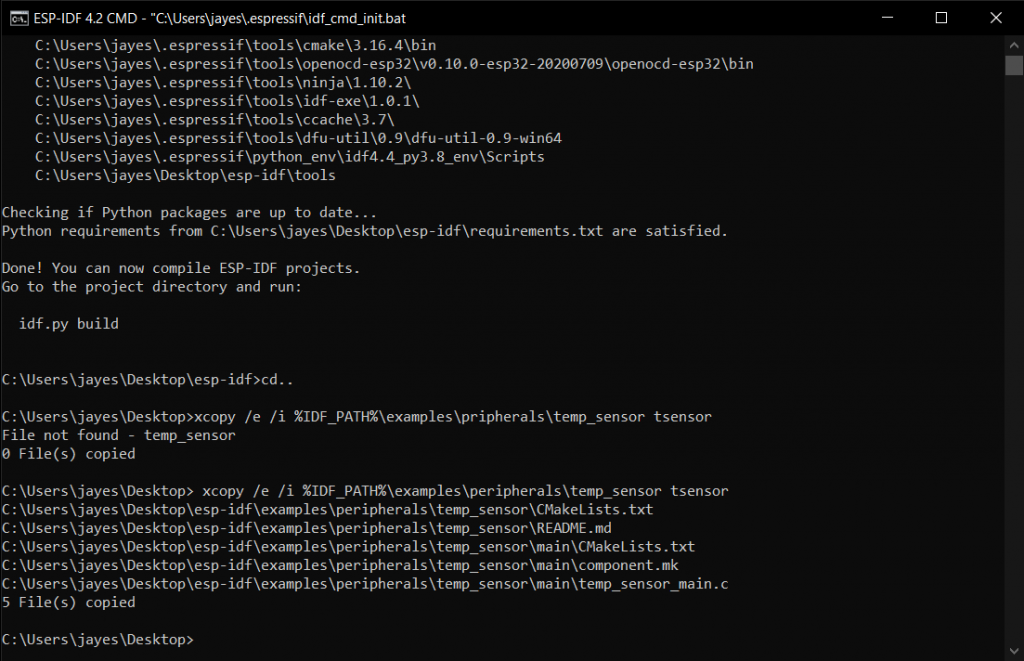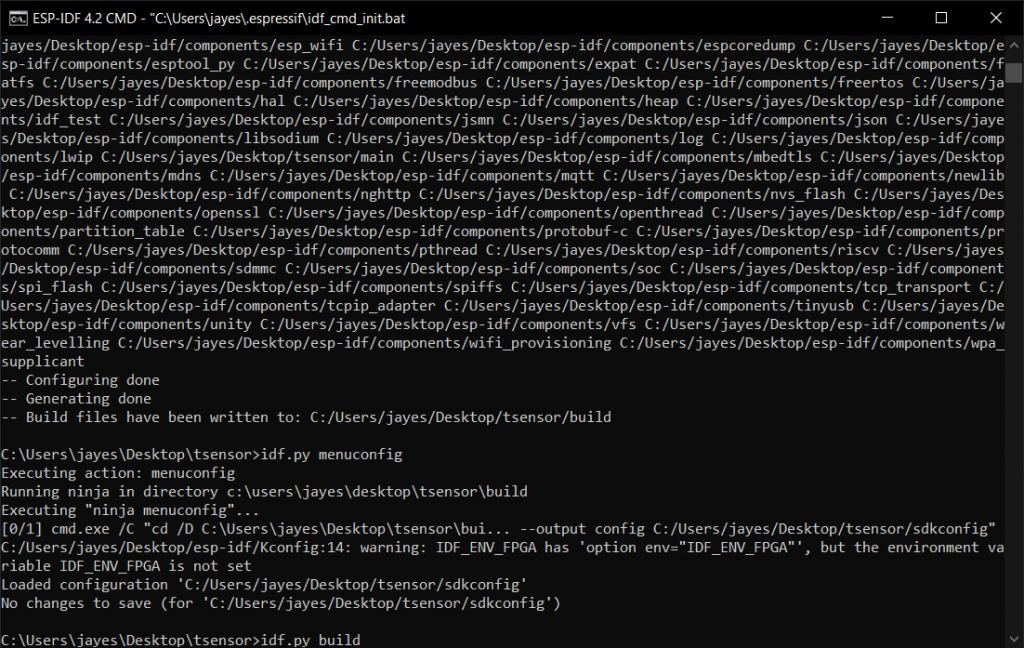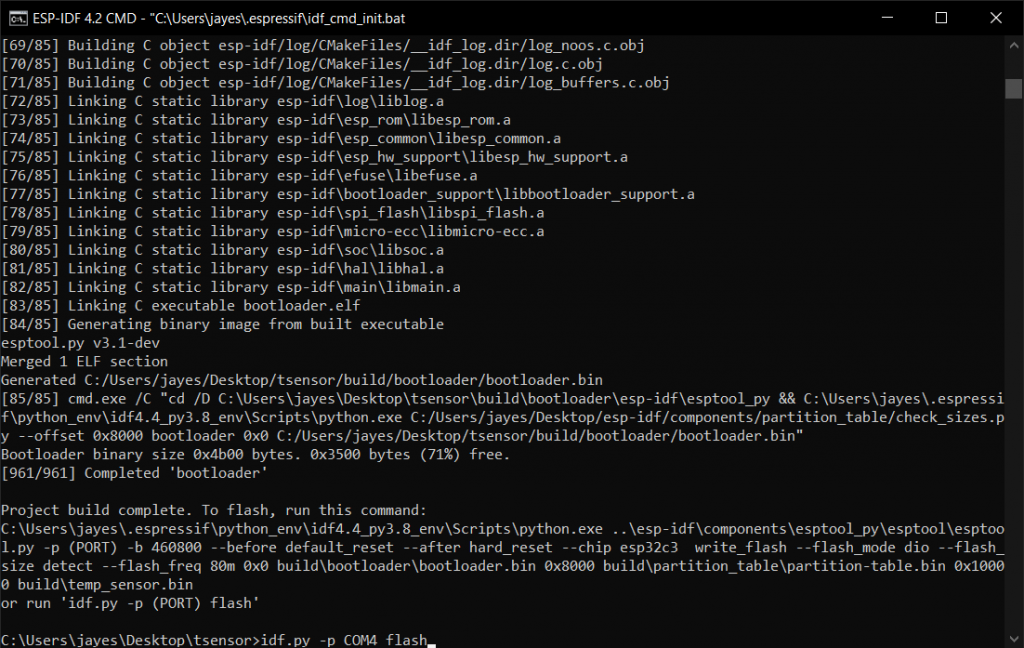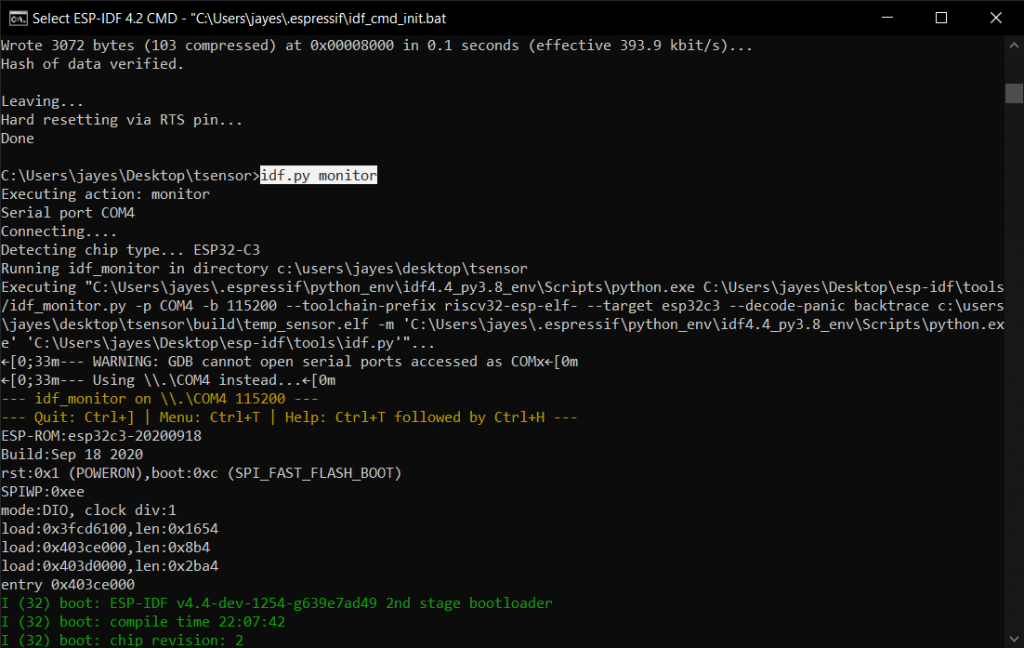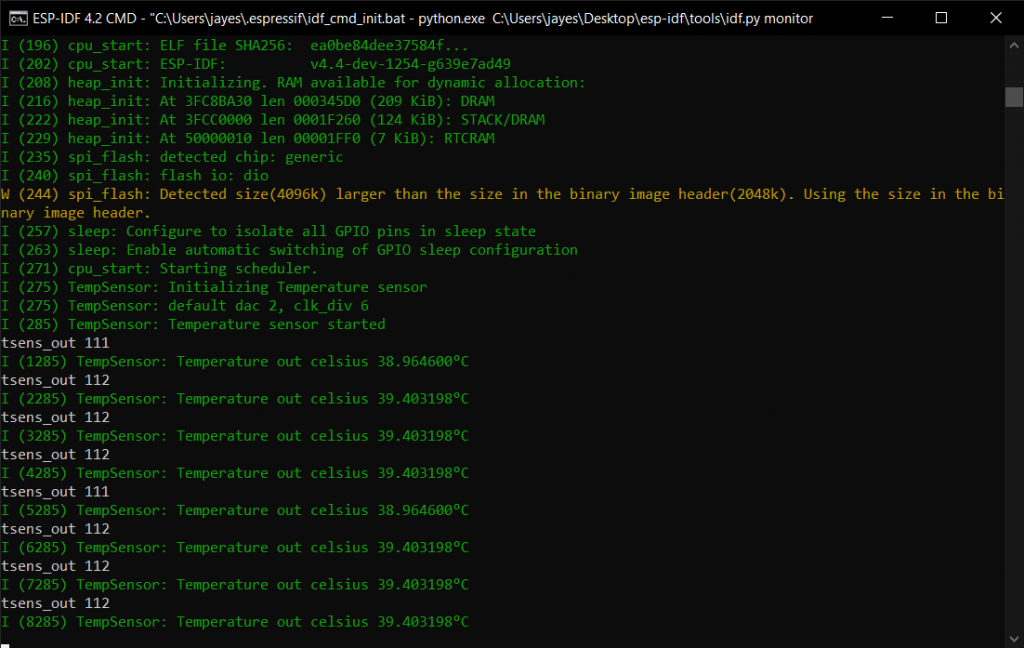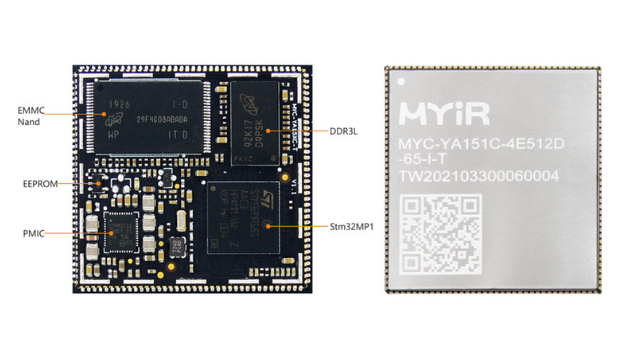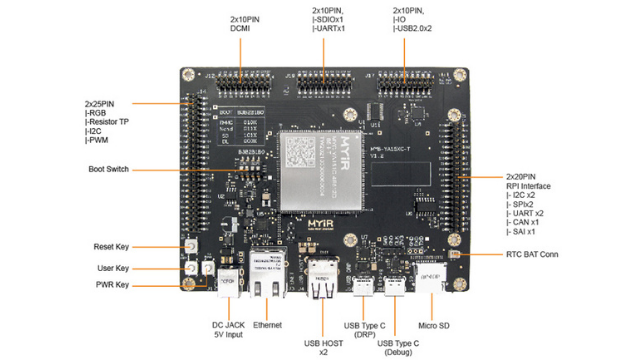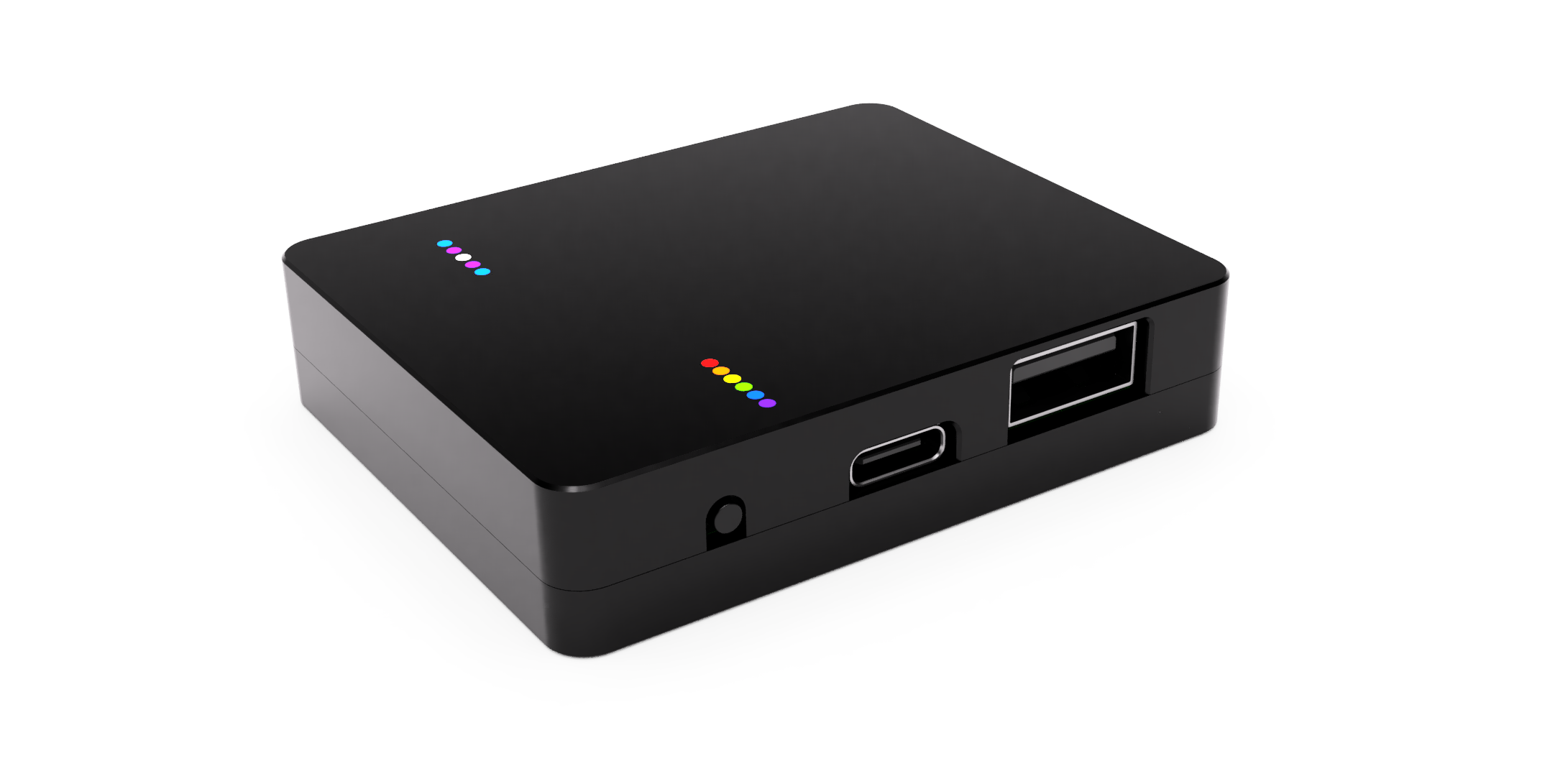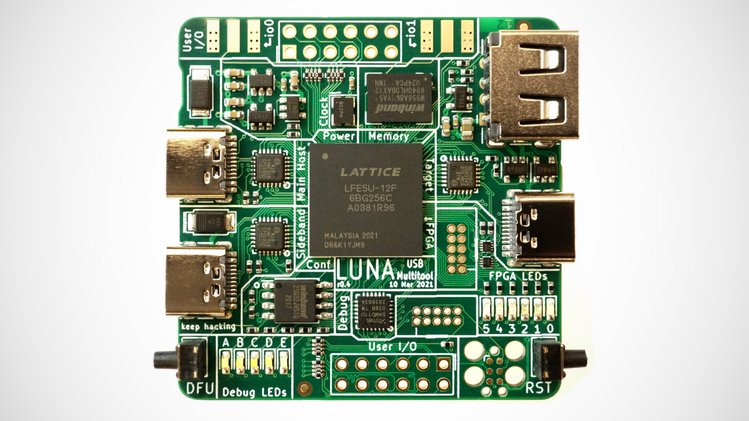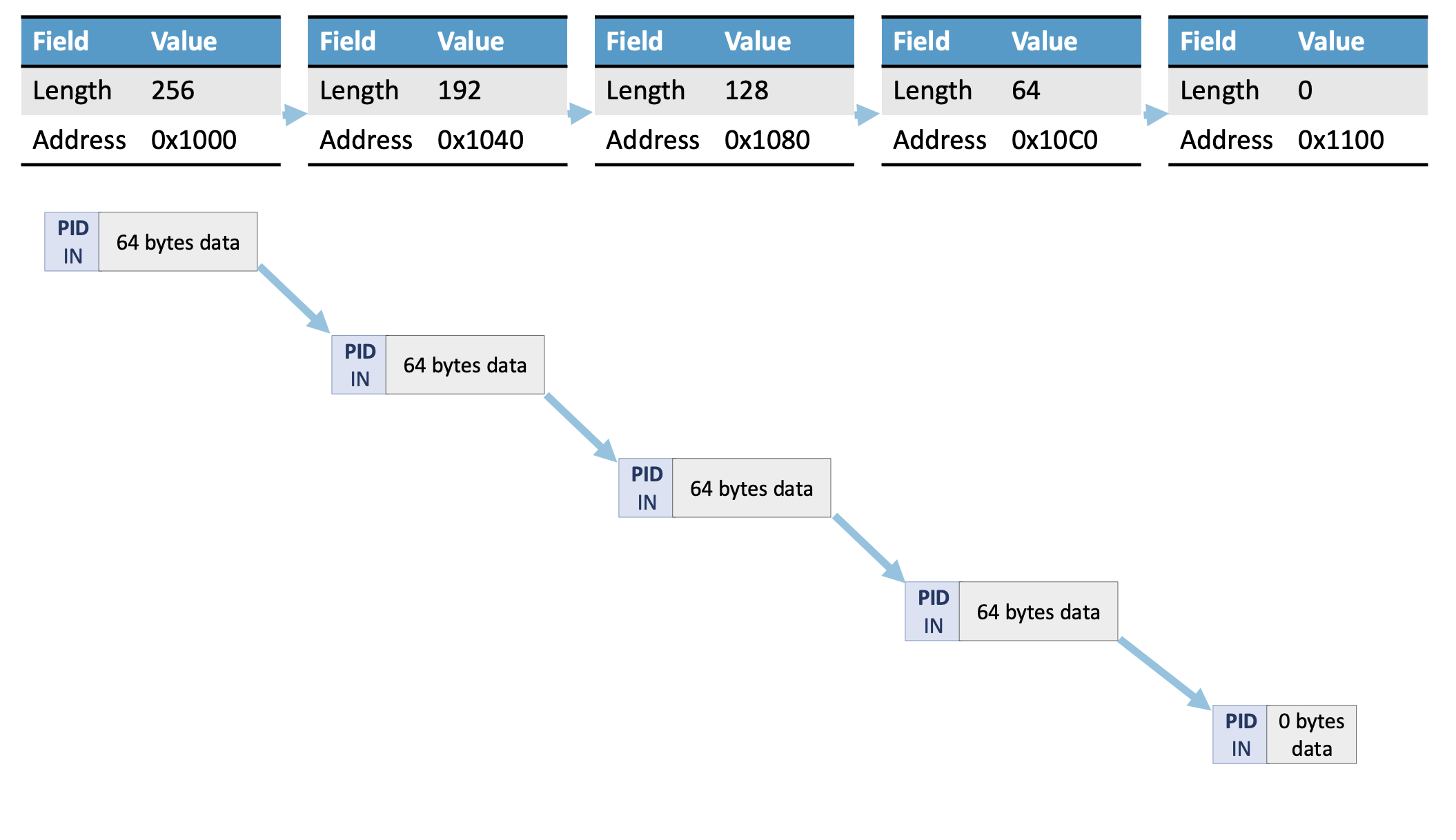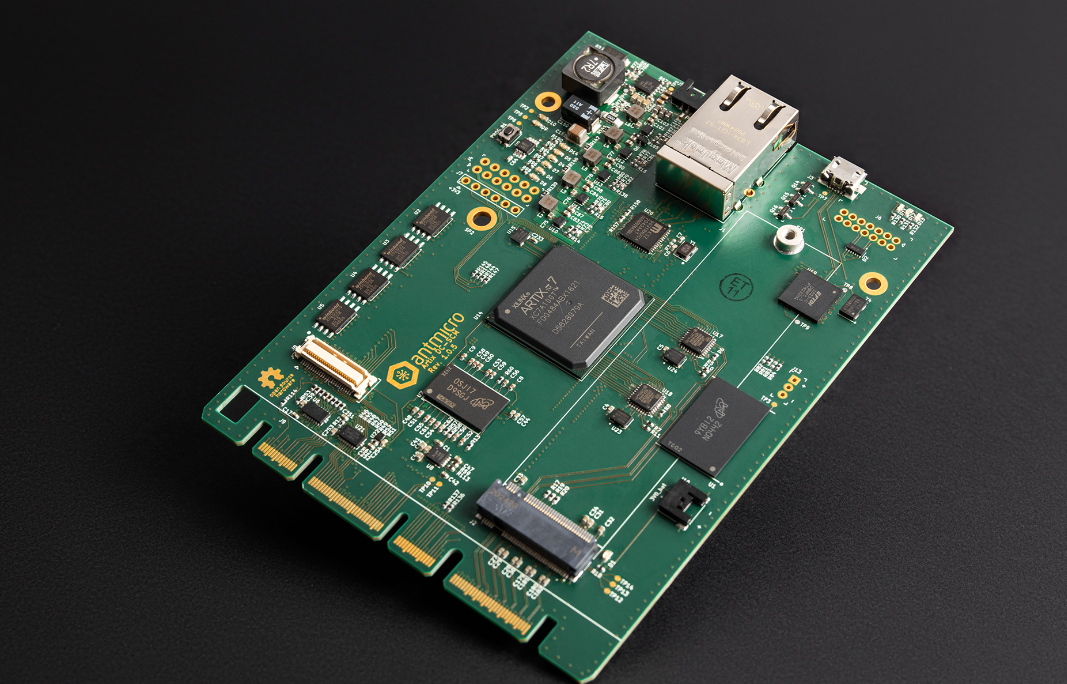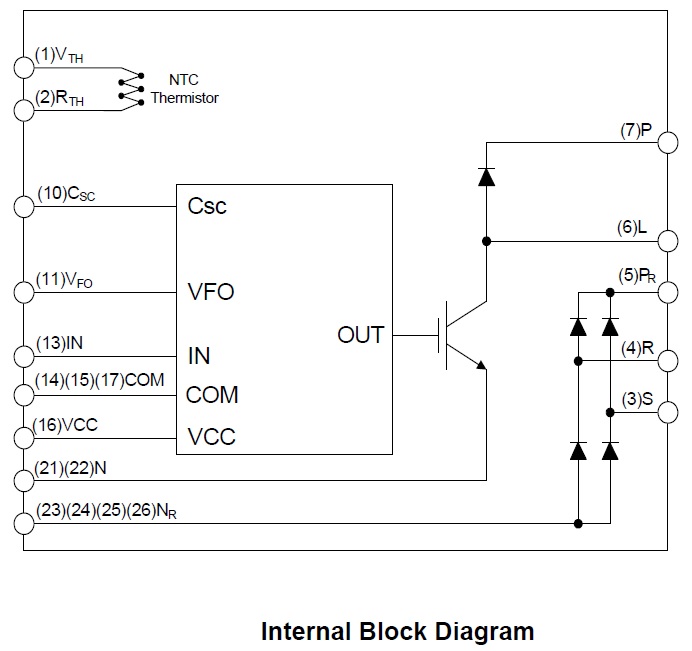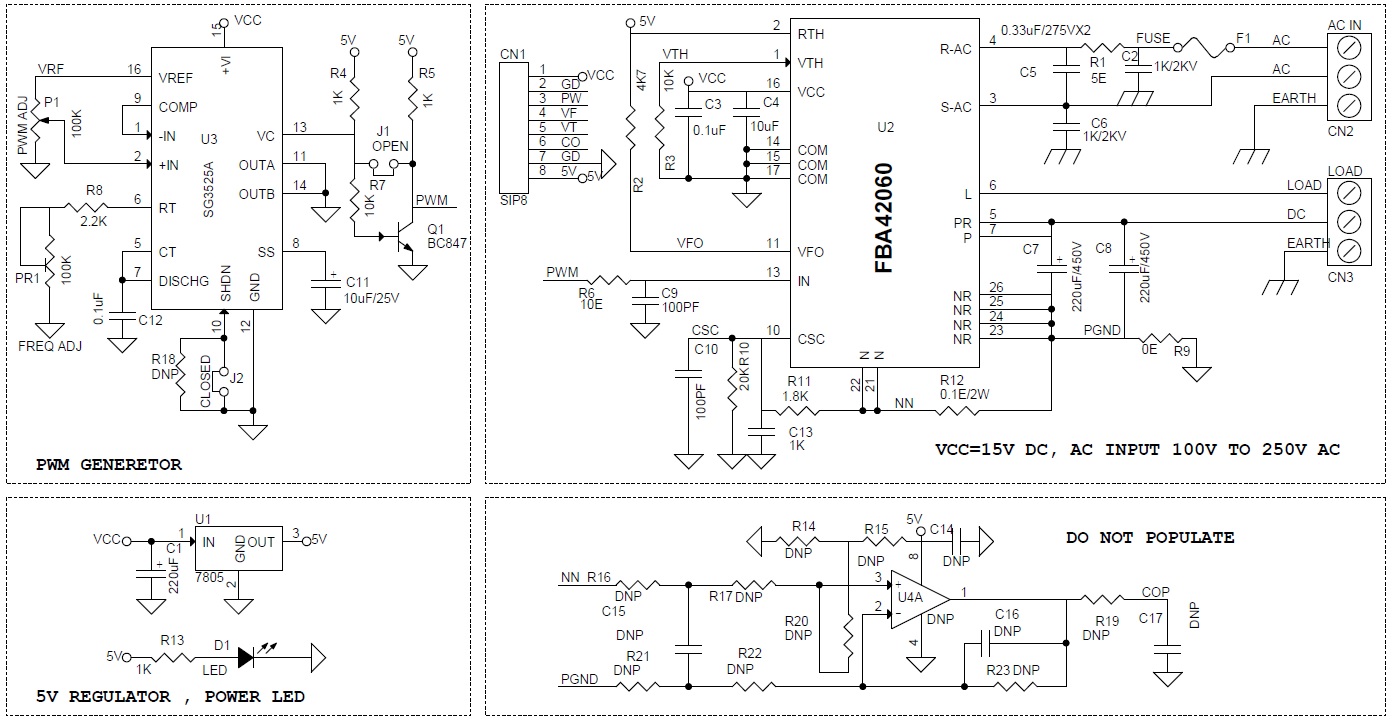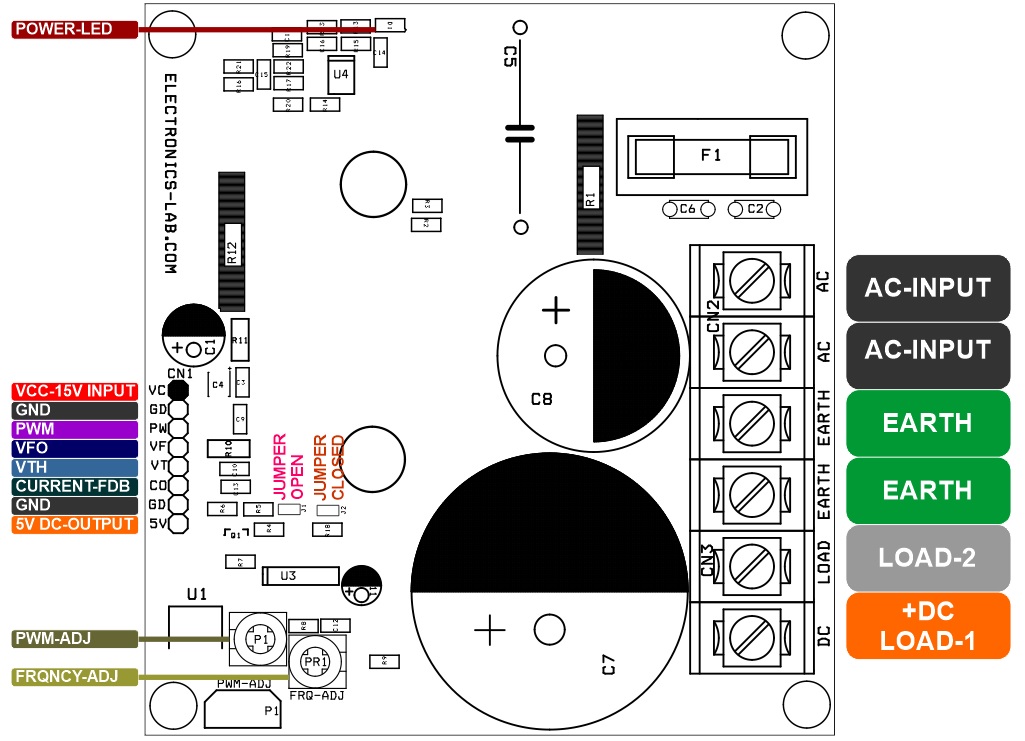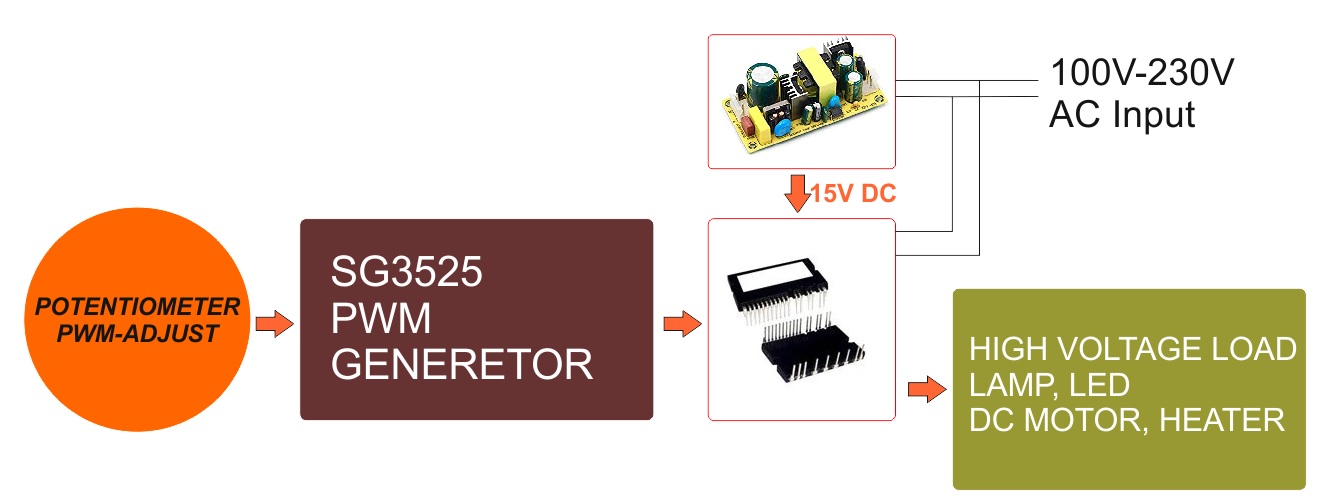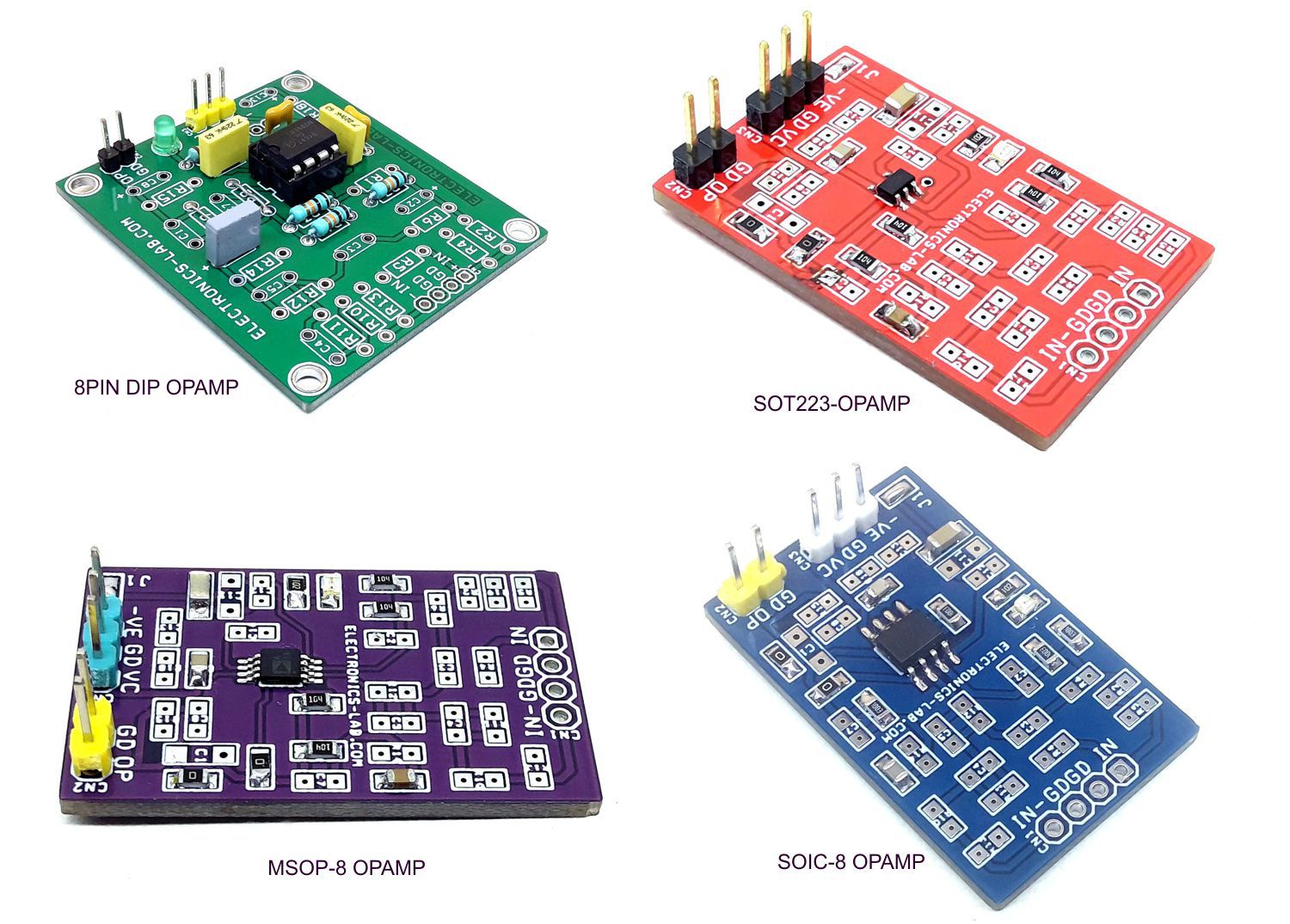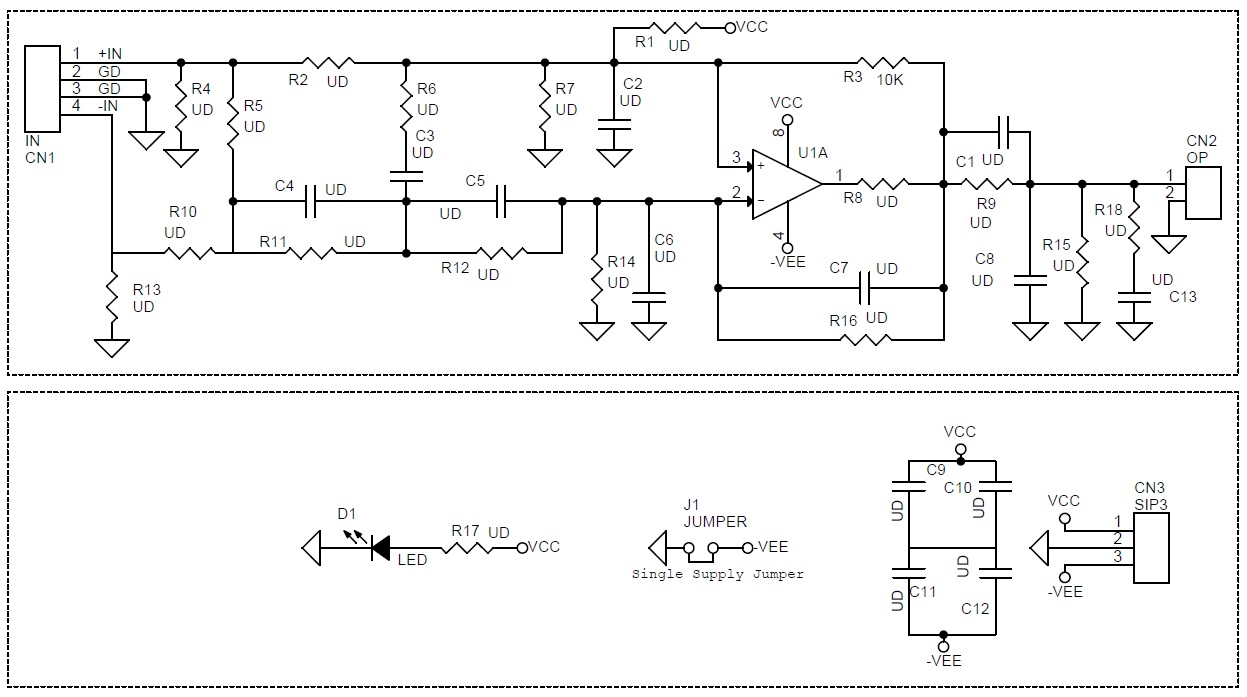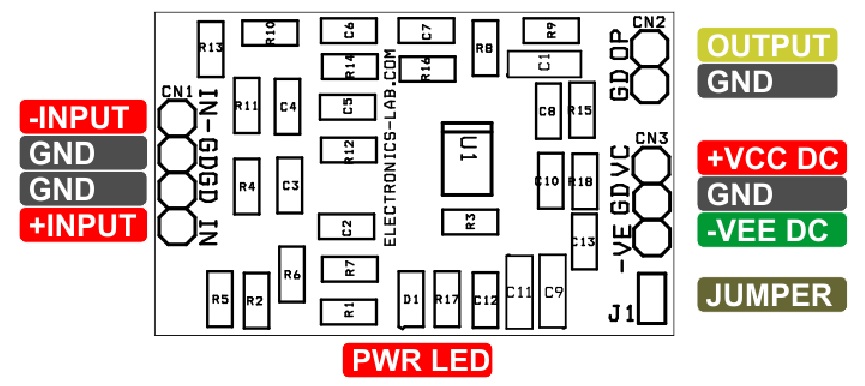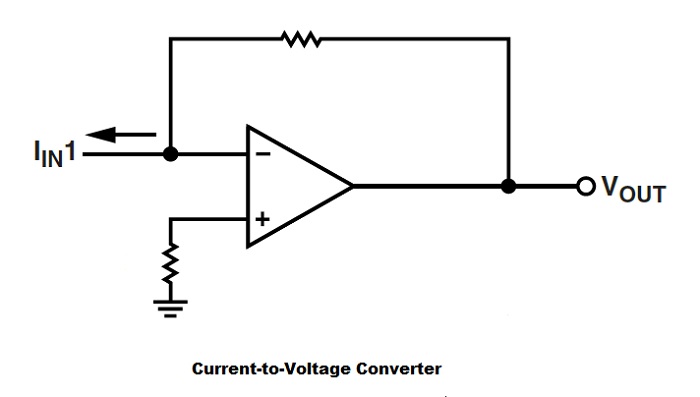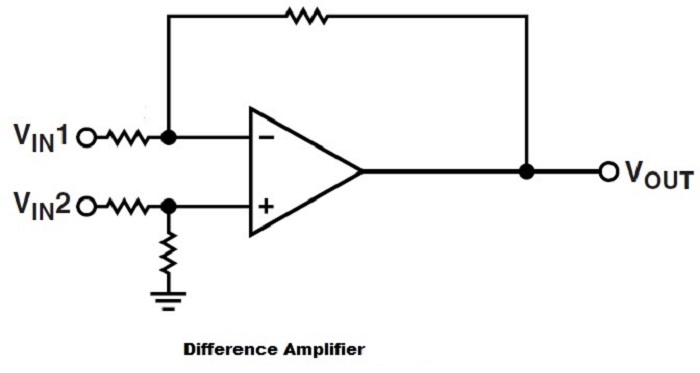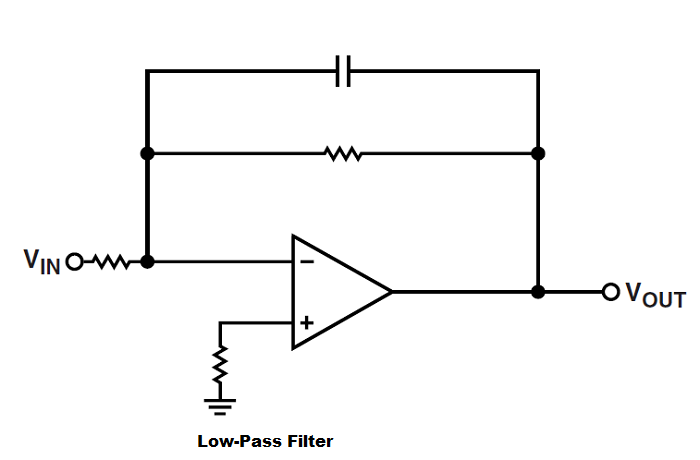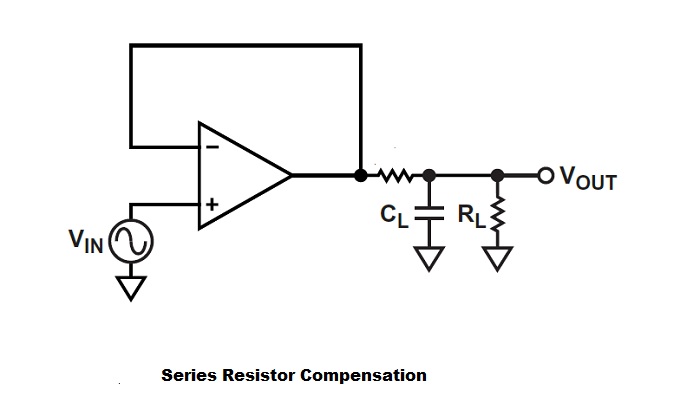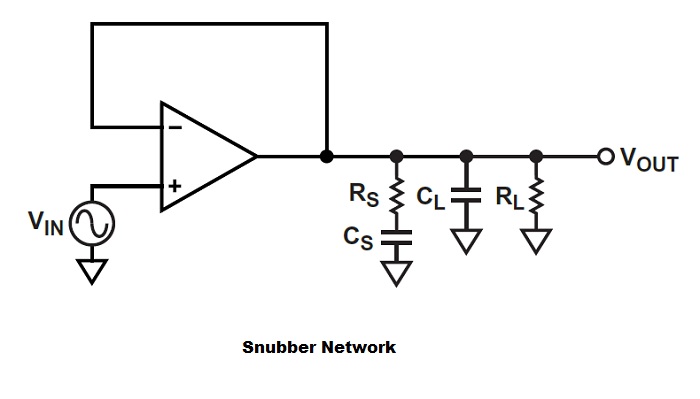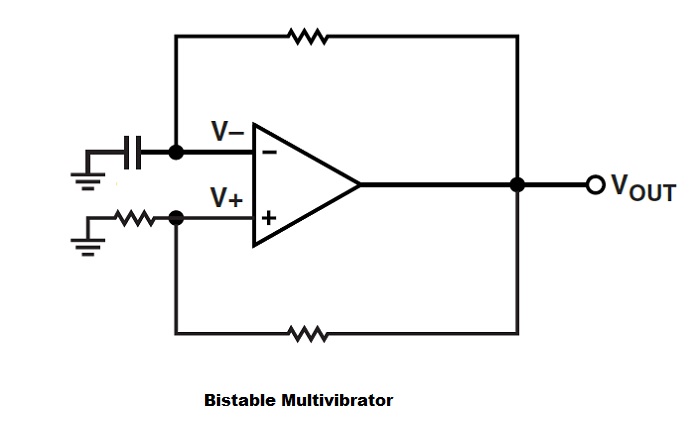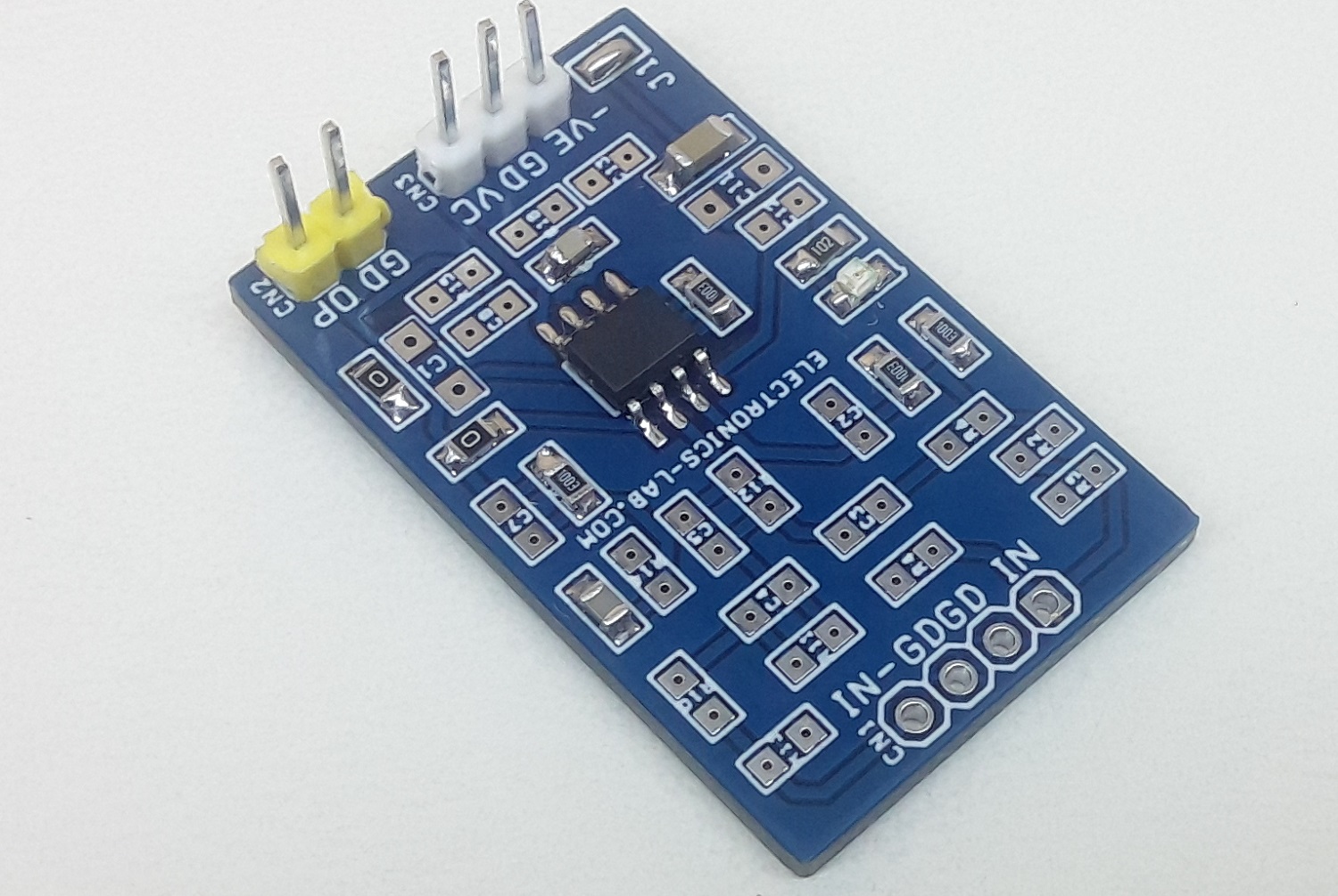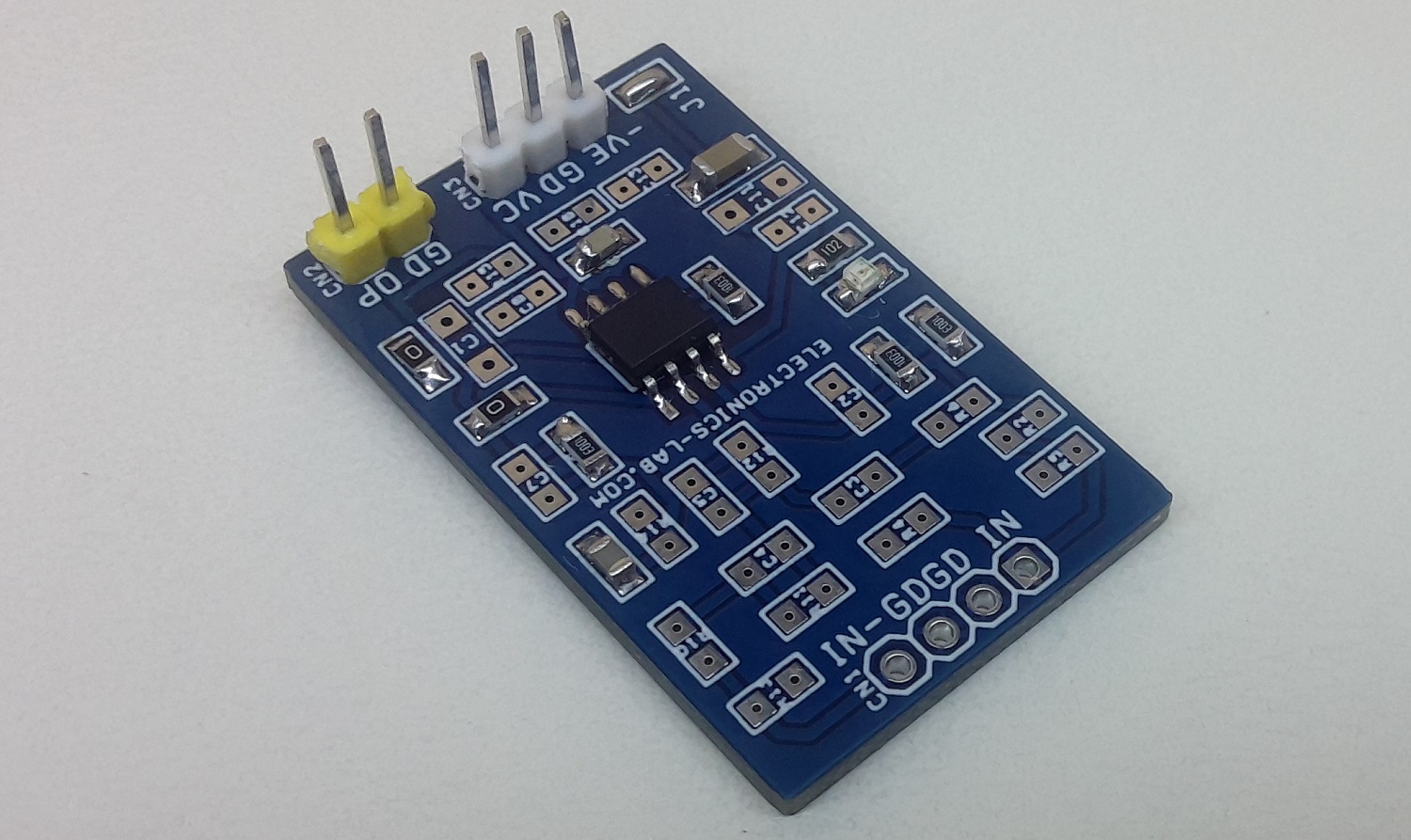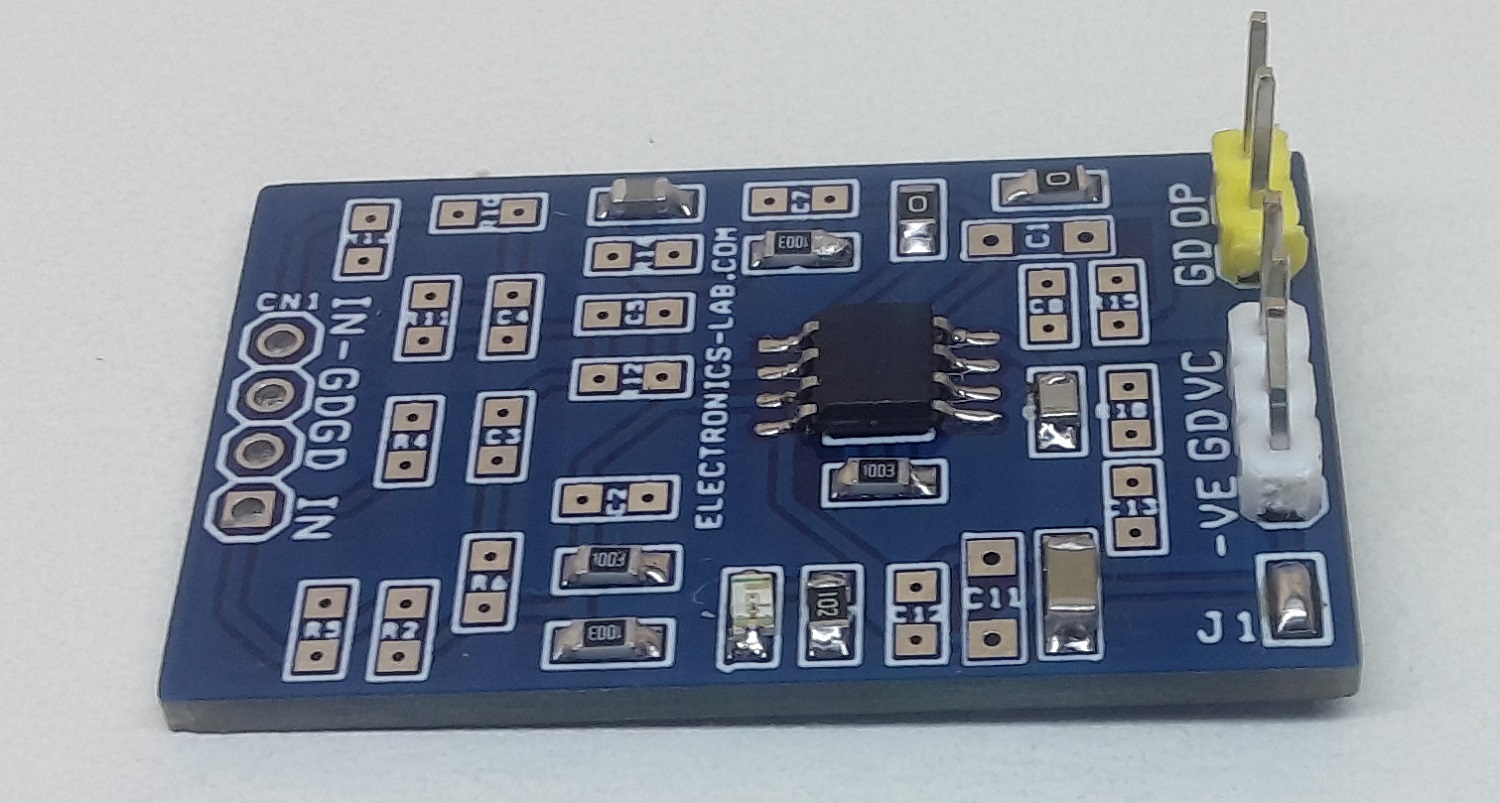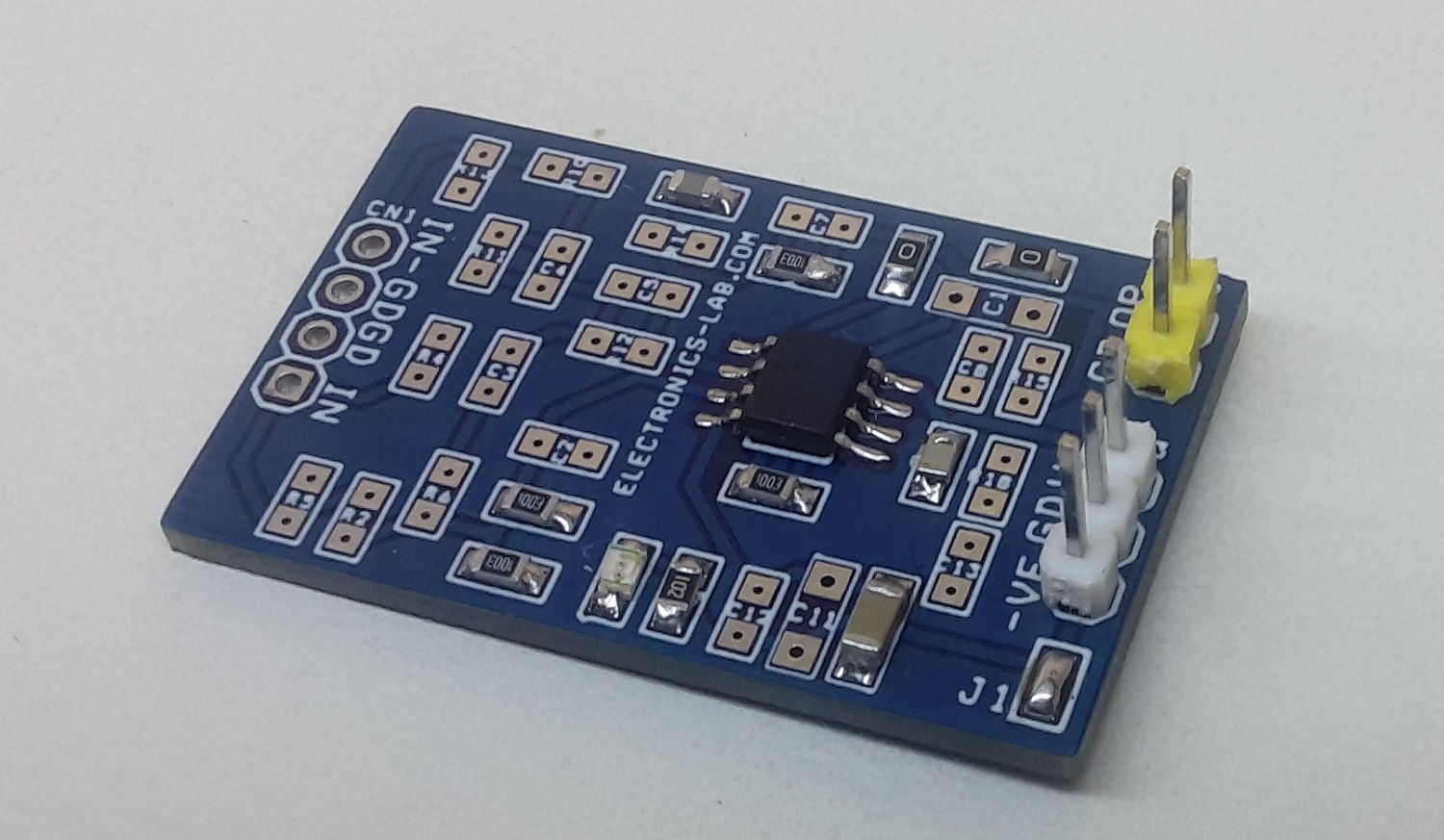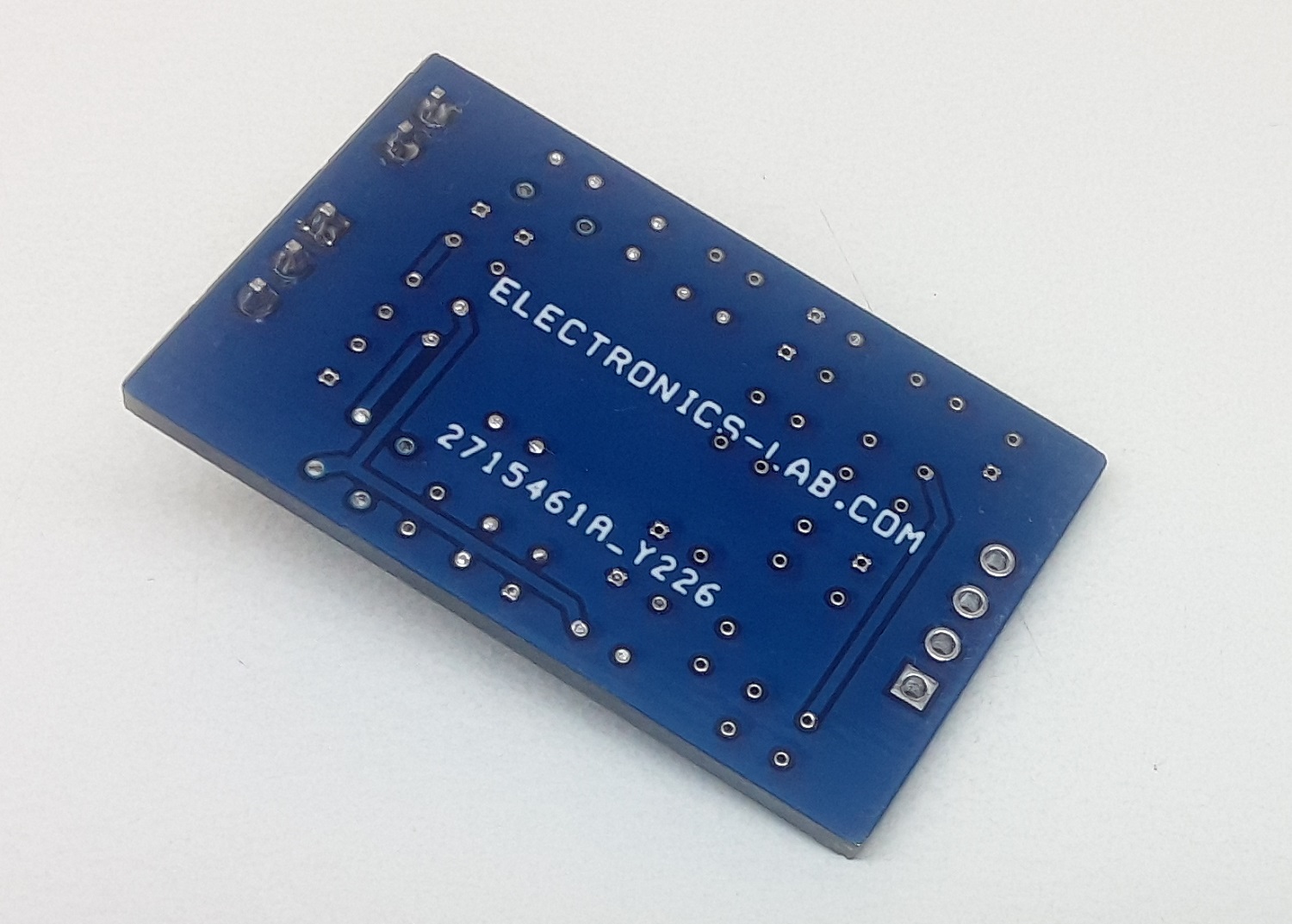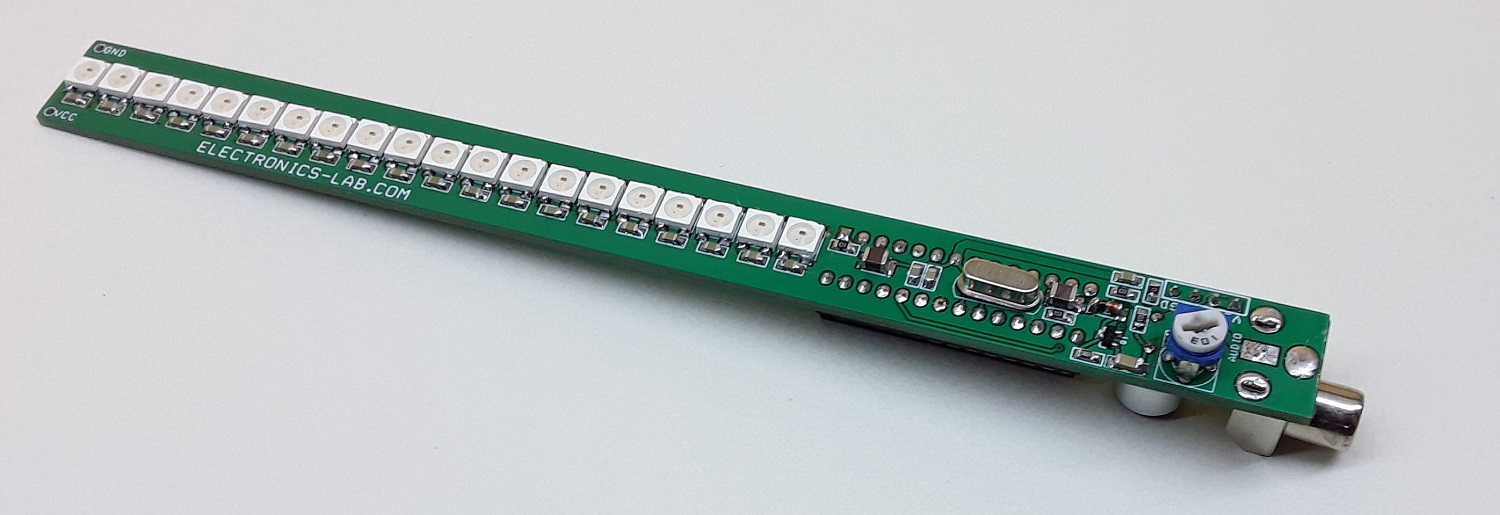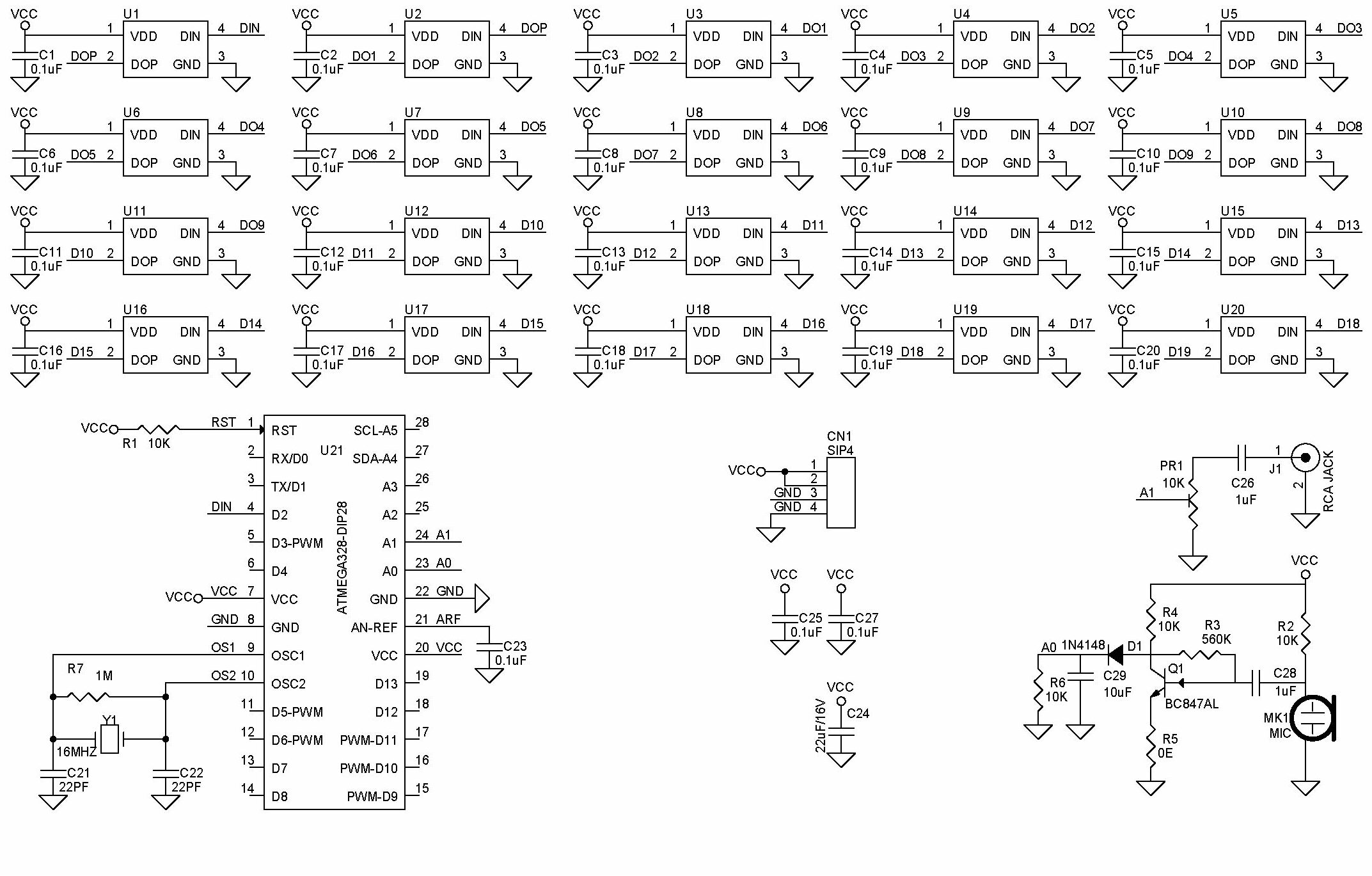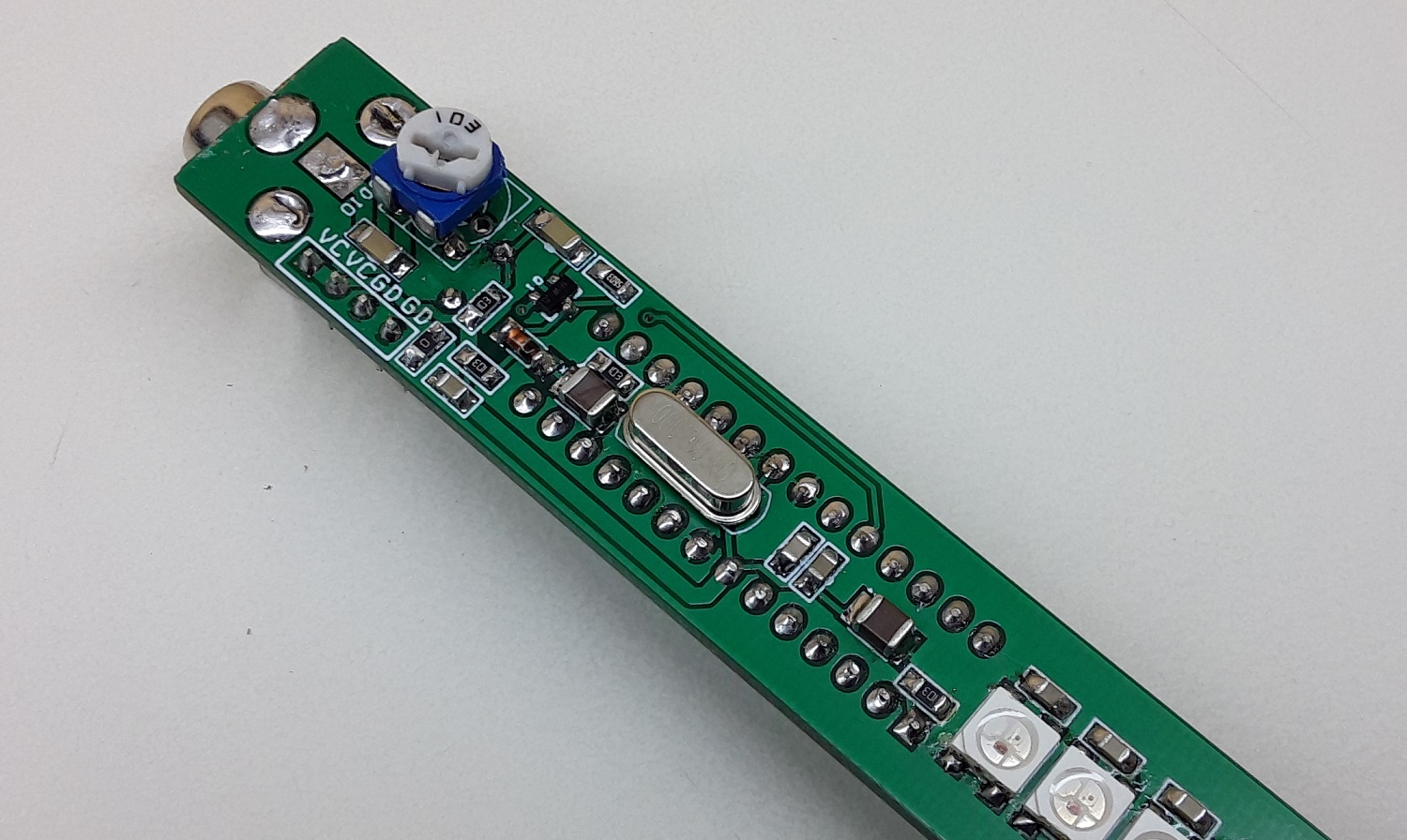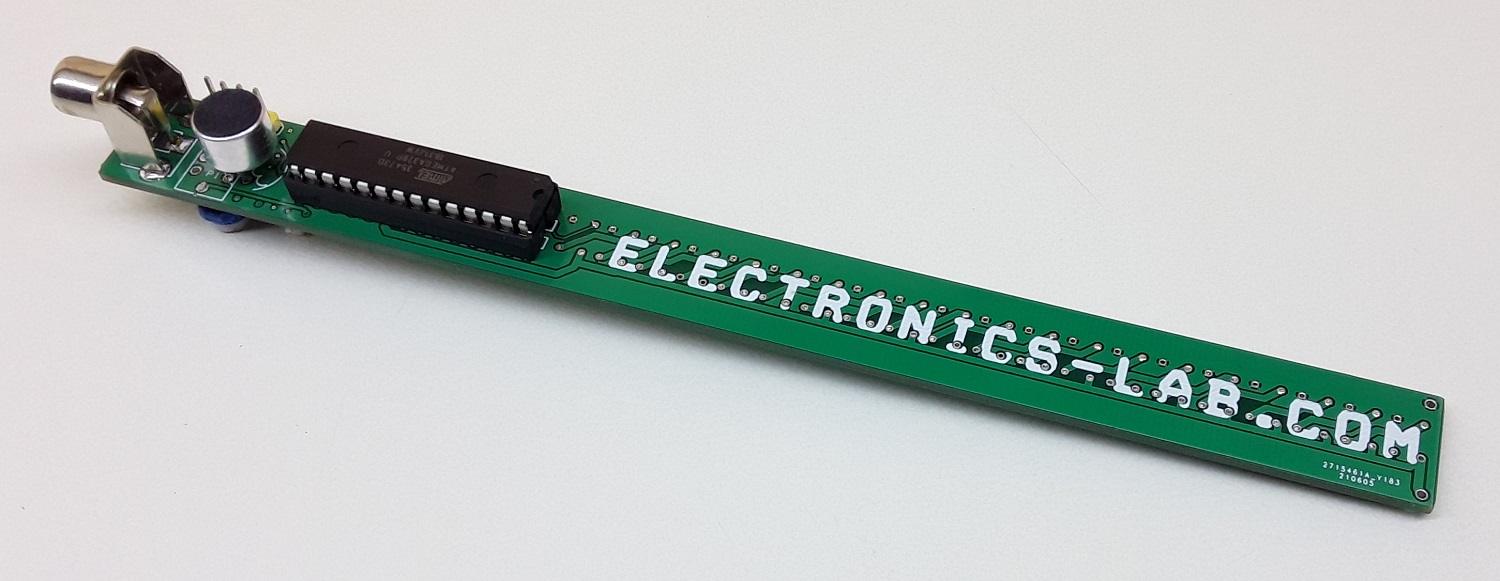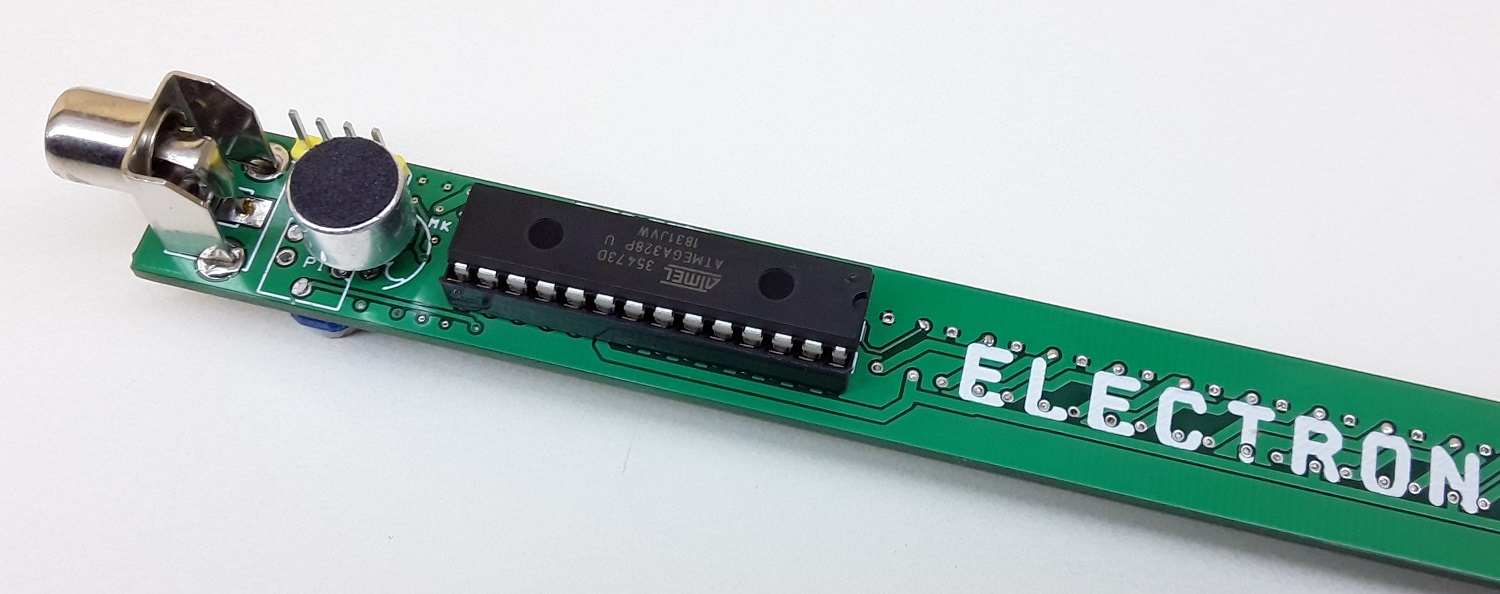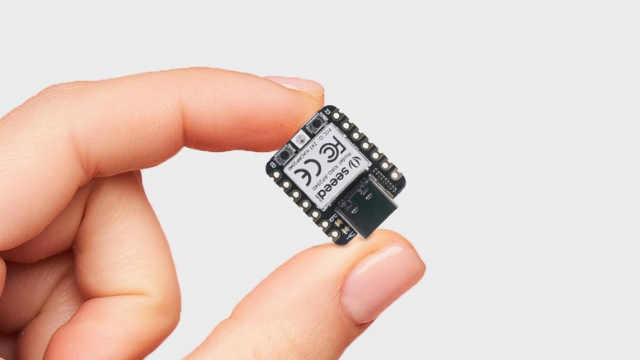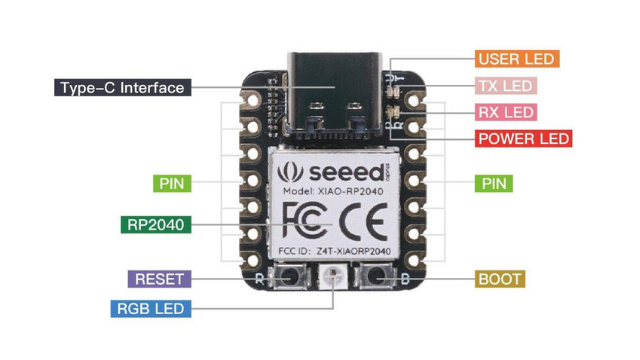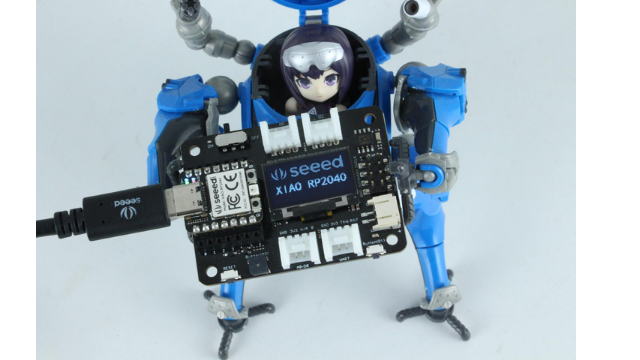Advantech, a leading supplier of industrial communication solutions, is proud to release the EKI-2701MPI-5G PoE injector. This compact, industrial-grade solution delivers Wi-Fi 6 network infrastructure, power over Ethernet (PoE) and advanced connectivity to out-of-date, extant infrastructure. It supports multiple data rates (10M/100M/1G/2.5G/5G) and IEEE802.3bt 90W PoE output and is an excellent choice for obsolete infrastructure applications requiring heavy network connectivity.
PoE and Multiple Data Rates Upgrade Network Infrastructure
Advantech’s EKI-2701MPI-5G supports downward compatible 2.5 and 5Gbps data rates to deliver Wi-Fi 6 capabilities to existing wireless infrastructure. It further serves as a PoE PSE — delivering up to 90W output to IP cameras, Wi-Fi 6 access points, and other connected devices. This injector’s PoE standard is downward compatible for 15, 30, and 60W PoE PD devices, easing network infrastructure upgrades. Using this solution to upgrade infrastructure saves manpower while reducing cabling weight and cost.
Compatible with Different Generation Devices
Advantech’s EKI-2701MPI-5G is PoE and data rate downward compatible. It helps extend extant device lifecycles and maximizes return on investment by futureproofing infrastructure from different generations.
Wide Operating Temperature Support and Compact Design
Advantech’s EKI-2701MPI-5G features a compact, palm-sized form factor adaptable to network infrastructure upgrade applications with limited space. Despite space constraints, EKI-2701MPI-5G is capable of delivering network service without overheating. Indeed, it supports wide operating temperatures (-40 ~ 75 °C/-40 ~ 167 °F) found in harsh working environments.
Highlighted Features:
- Supports multi data rate 10M/100M/1G/2.5G/5G for Data in and PoE out
- IEEE 802.3af/at/bt compliant
- Force mode power supports up to 90W by DIP switch
- Power input 54~57 VDC, injects power up to 90W
- Slim, compact IP40 rated industrial grade metal solution with DIN-rail
- Supports operating temperatures from -40 ~ 75 °C/-40 ~ 167 °F
EKI-2701MPI-5G hardened multi-speed mega PoE will be available for order May 2021. For more information about this, or other Advantech products and services, please contact Advantech or visit www.advantech.com


